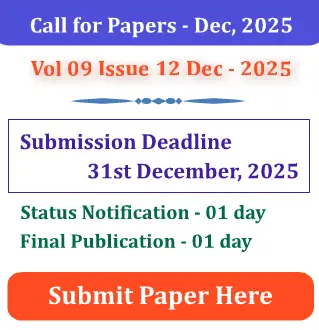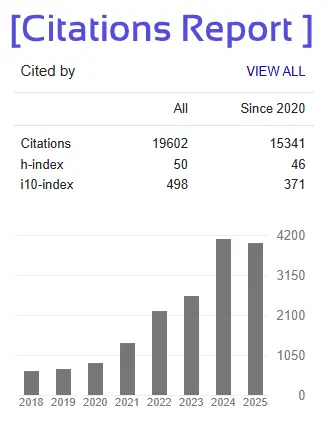Review of Research on Operation and Maintenance of Water Treatment Plant of Chatrapati Smbhajinagar Muncipal Corporation
Rushikesh Ninale1, Prof.R.A.Thote2, Dr.G.R.Gandhe3 , Dr. Sunil D. Shinde4
1.M.Tech Student, Department of Civil Engineering, Deogiri Institute of Engineering and Management Studies, ChhatrapatiSambhajinagar Maharashtra India.
2.Assistant Professor, Department of Civil Engineering, Deogiri Institute of Engineering and Management Studies, Chhatrapati Sambhajinagar Maharashtra India.
3.Head Of PG Civil Engineering Department, Deogiri Institute of Engineering and Management Studies, Chhatrapati Sambhajinagar Maharashtra India.
4.Associate Professor, Department of Civil Engineering, Deogiri Institute of Engineering and Management Studies, Chhatrapati Sambhajinagar Maharashtra India.
Abstract: Water treatment plants play a vital role in delivering safe, potable water to communities, yet their performance often depends on effective operation, skilled personnel, and well-maintained infrastructure. Case studies from diverse locations— including industrial, municipal, and small community facilities—highlight common challenges such as inadequate operator training, reliance on personal judgment instead of standardized testing, irregular maintenance routines, and limitations in plant design. In some outsourced operations, improper coagulant dosing, arbitrary filter backwashing, and lack of skill have led to treated water failing to meet the most stringent turbidity standards, though often still within permissible limits. Standardized operation and maintenance (O&M) procedures, supported by bilingual instruction charts, on-site training, and adherence to current best practices, have been shown to improve performance, bringing treated water closer to national quality standards. This study underscores the need for consistent operational protocols, investment in workforce training, and sustainable management strategies to ensure water quality, prolong asset life, and safeguard public health







